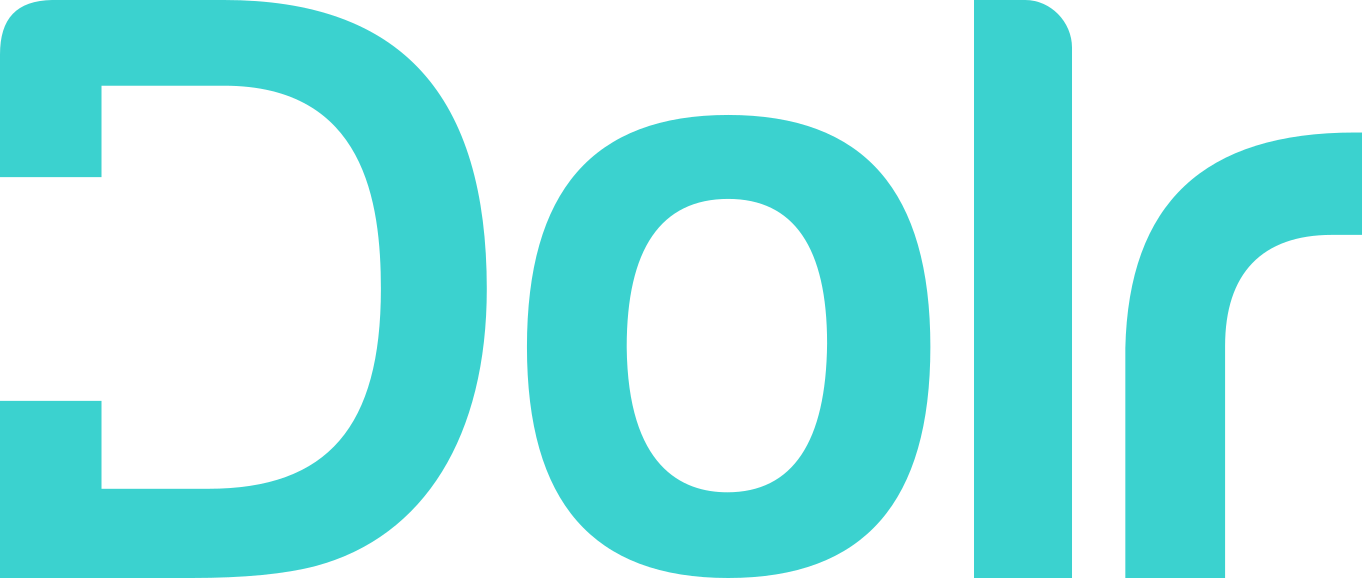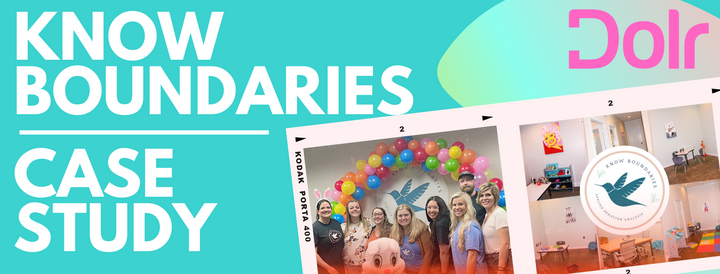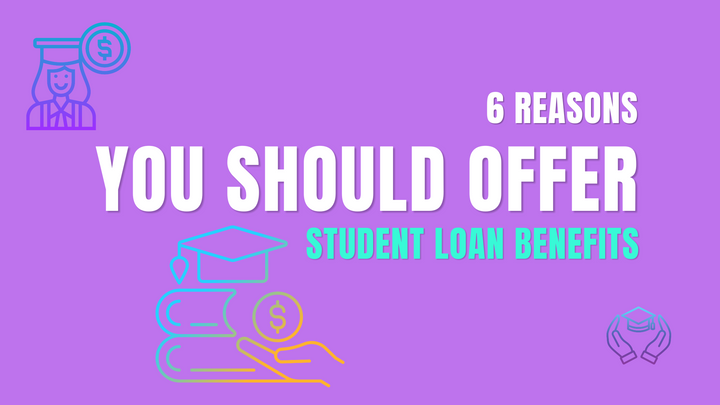Student loan benefits: what do they actually cost?
Offering new benefits can be a lot. You've done all the legwork to figure out your teams student loan burdens and designed the perfect program to attract, retain, and engage top talent. Now you're ready to start looking at the numbers.

Offering new benefits can be a lot. You've done all the legwork to figure out your team's student loan burdens and designed the perfect program to attract, retain, and engage top talent. Now you're ready to start looking at the numbers.
Sidebar: want to make sure your student loan benefits program is following best practices? Check out this guide we put together for you.
What does it actually cost to offer student loan benefits? It's a lot less than you may think. There are 3 factors that go into determining the overall cost of a student loan benefit program:
- Total cost of making contributions to your team's student loans
- Impact of offering student loan benefits
- Tax deductions from your Educational Assistance Program (EAP)
Let's dive into each of these.
The total cost of making contributions to your team's student loans
You probably already know this number. This is your annual contributions to your team's student loans plus any costs of managing and administering your program via a partner like Dolr. It makes sense to combine these two numbers because you may be able to claim both as tax deductions. More on this in a bit.
Your program is either giving everyone the same contributions or your contribution amounts are based on role and /or tenure. To keep the numbers simple assume:
- You have 10 eligible people on your team and
- They each get a fixed $100 per month to their student loans plus $5 in program servicing fees. That puts you at $105 per person per month
- That's $1,050 ($105 x 10) per month or
- $12,600 ($1,050 x 12) per year total.
Ok, so $12,600/year is your top line number.
The impact of offering student loan benefits
Student loans are the top financial stressor for millions of Americans. When people struggle with financial stress they are less engaged, more likely to be distracted, more likely to be salary chasing, and overall less happy. Offering student loan benefits lift a huge burden of your team's shoulders and helps them focus on being their best selves. But you knew that already.
So what's the return on investment? The smart folks over at the Society of Actuaries figured that out so the rest of us don't have to. They found that offering financial wellness benefits like student loan repayment assistance can save employers $467 per person per year. Yeah, it pays to invest in your team.
The Society of Actuaries study looked at the return on investment across 6 categories: garnishments, FSA/HSA contributions payroll taxe, absenteeism, health care, delayed retirement, and turnover. The found employers were saving money in all of the categories when financial wellness benefits like Dolr were provided to employees. Yeah, even health care costs come down when financial stress is off the table.
Back to the example:
- Assuming 10 eligible people receiving $100/mo comes to $12,600 per year
- Savings from the impact of your Dolr student loan benefits are estimated at $4,670 ($467 x 10) per year
- That brings your overall cost down to $7,930 ($12,600 - $4,670)
In this example that's already a 37% reduction in overall cost.
Tax deductions from your Educational Assistance Program
Educational Assistance Programs (also called EAPs) are often associated with Tuition Reimbursement programs. The programs are governed by Section 127 of the IRS tax code that grants eligible programs up to $5,250 in tax deductions per person per year.
What does this have to do with student loans? The CARES Act expanded the definition of EAPs to include student loan repayment so employers can earn tax deductions of up to $5,250 per person per year when providing student loan repayment assistance. This expansion is valid until December 31st, 2025. However, word on the street is that we can expect the tax deductions to be extended beyond that. Isn't that just great?
To translate this to savings consider the average effective tax rate for small companies (25%). A $5,250 tax deduction translates to paying $1,312.50 ($5,250 x 25%) less in taxes. Meaning employers can save up to $1,312.50 in taxes per eligible participating employee per year by offering student loan benefits.
Additionally, the benefit does not count as compensation for your employees and is tax free for them up to $5,250 per year. Talk about making a direct impact for your team.
Adding it all up
As you can see, the overall cost of offering a Dolr student loan benefit can be far less than the total contributions sent to student loans after considering savings from impact and tax deductions.
Using the example:
- $12,600 in annual contributions
- Minus $4,670 in estimated annual impact savings
- Minus $3,150 in estimated annual tax savings
- Results in $4,780 total program cost
Yup, you get a $12,600 benefit for only $4,780.



